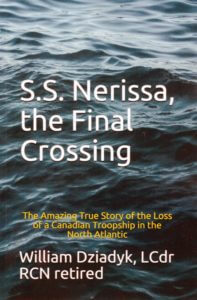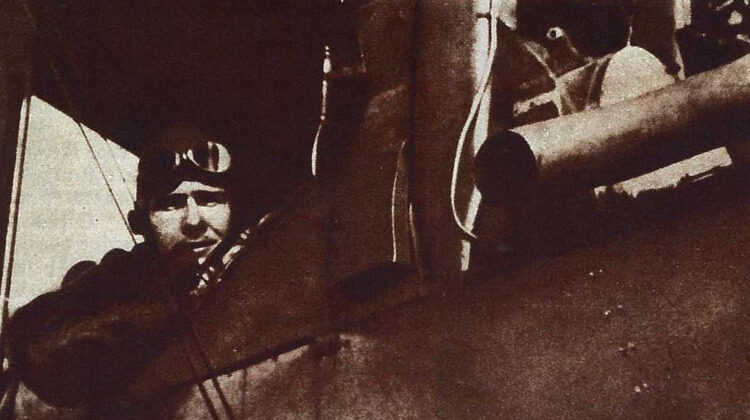You may have noticed the bronze plaque on the far right of the rear cafeteria wall. The plaque is in honor of the four National Life agents who lost their lives during World War II. A closer look will reveal a small red poppy placed on top by Canadian veterans during a visit in 2013.

During the 1930s, Kenneth Brown Collings was a top producing agent for National Life in the New York City area. Collings was so successful that he was able to take long absences and travel the world having adventures. In today’s terms he was an “adrenaline junkie.” Collings added to his income by writing magazine articles and three books that covered his adventures (copies of all three of his books are in the National Life archives).
It is ironic that Collings made a significant income helping to insure others when his own life style made him generally uninsurable. Often, he would vanish for months at a time in extremely dangerous parts of the world. At one point the Germans had lined him up to be shot as a spy when he managed to talk his way out of the execution. On Veteran’s Day, a new book was published telling the story of how Collings eventually lost his life.
In April of 1941 the United States was a neutral country (eight months before the attack on Pearl Harbor). However, the rest of the world was already engaged in a new world war. According to Collings’ son, his father told his mother that he had resigned from National Life and had enlisted in the Royal Canadian Air Force as an American volunteer (Collings had been a U.S. Marine pilot during the First World War).
By the end of the month he was in Halifax, Nova Scotia and aboard a Canadian troopship named the SS NERISSA. This was to be the NERISSA’s 40th crossing of the North Atlantic where German submarines were sinking a terrifying number of Allied ships as they attempted to reach England.
On April 21st the NERISSA with 291 troops, passengers and crew departed Halifax destined for Liverpool. The crossing was uneventful although lookouts were posted 24/7 to look for any German submarine.

Eight days later and within one day’s sail of Liverpool, an enormous explosion rocked the NERISSA at about 10:30 PM. A torpedo from German submarine U-552 had hit amidships. After a second torpedo struck, the NERISSA slipped below the seas in just five minutes. Ken Collings died in the sinking with his body washing on shore in Scotland four months later. He is buried at Arlington National Cemetery.
In a spellbinding new book, Lieutenant Commander William Dziadyk (Royal Canadian Navy – Retired) has told the full story of the sinking of the NERISSA. Dziadyk unravels many mysteries surrounding the sinking through his exhaustive research into Canadian, German, Allied and even National Life archives.
S.S. Nerissa, the Final Crossing by Dziadyk is not only an excellent read about World War Two history, it also fills in many details about the fate of one of our own associates.

